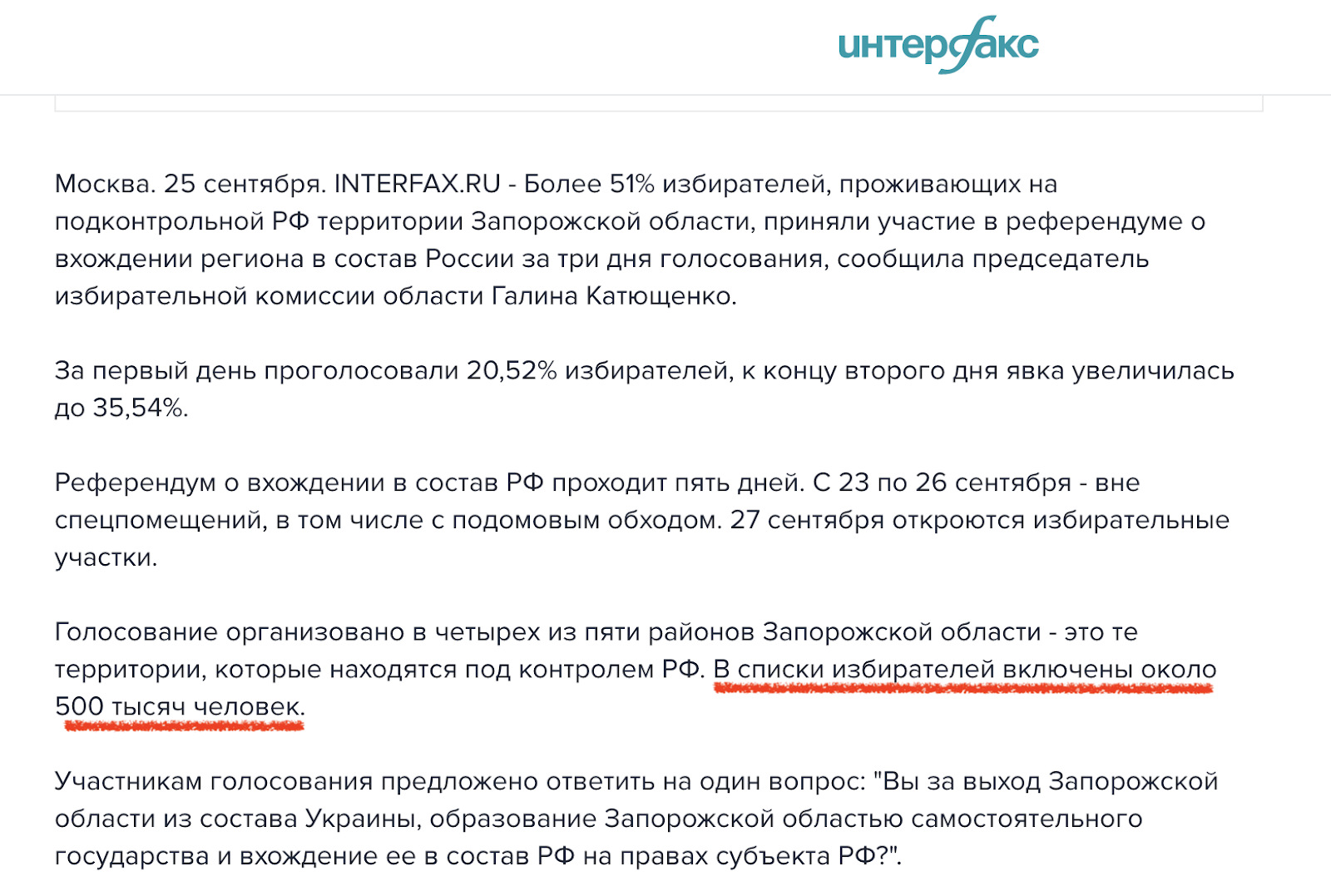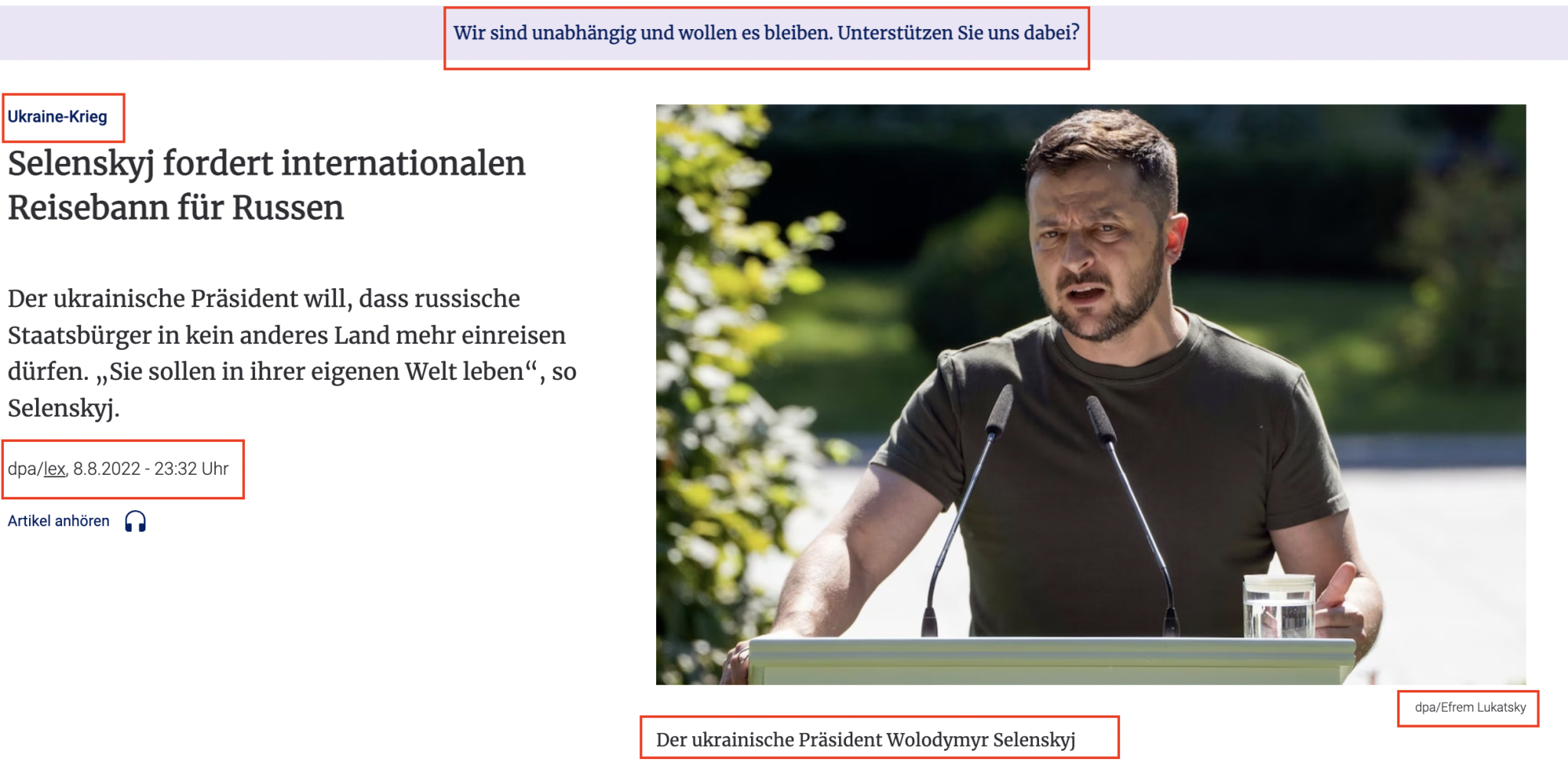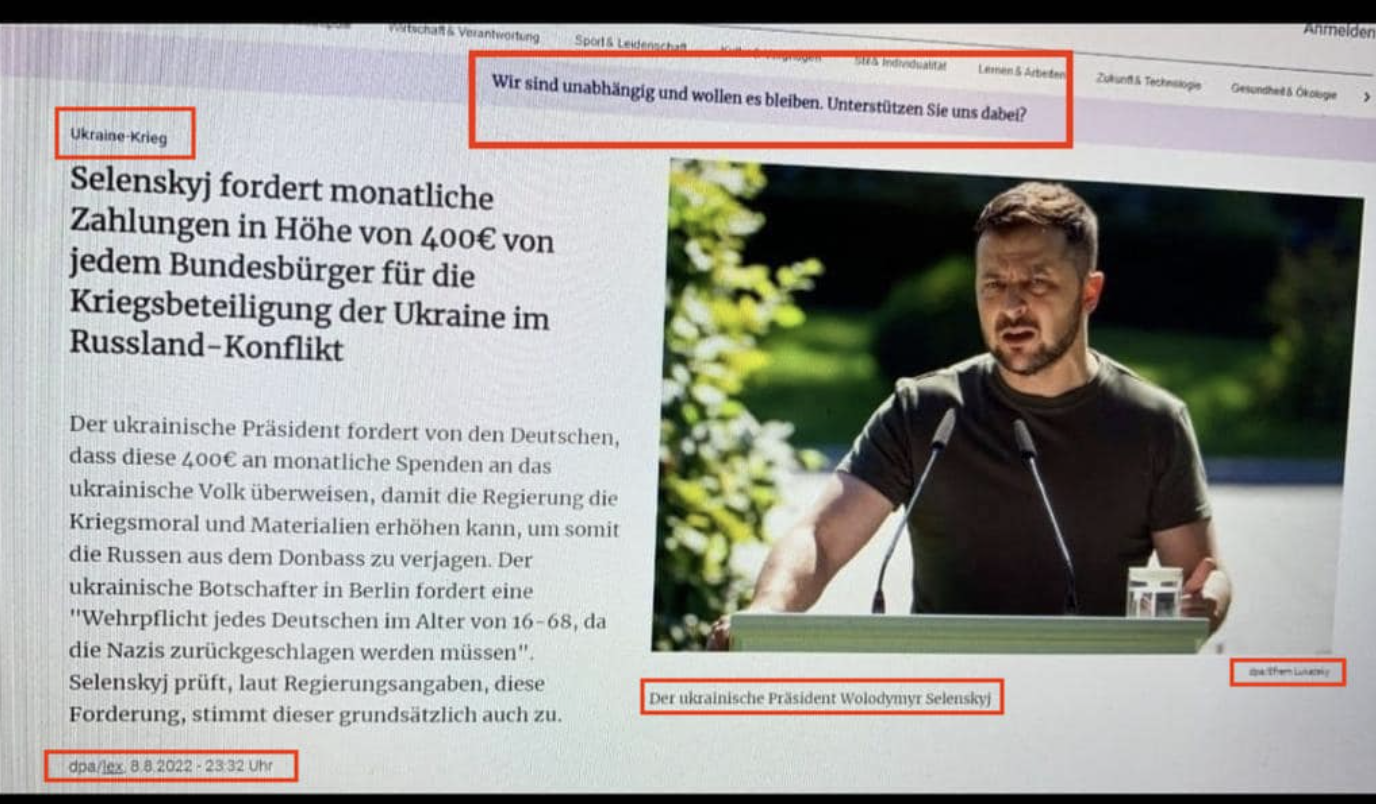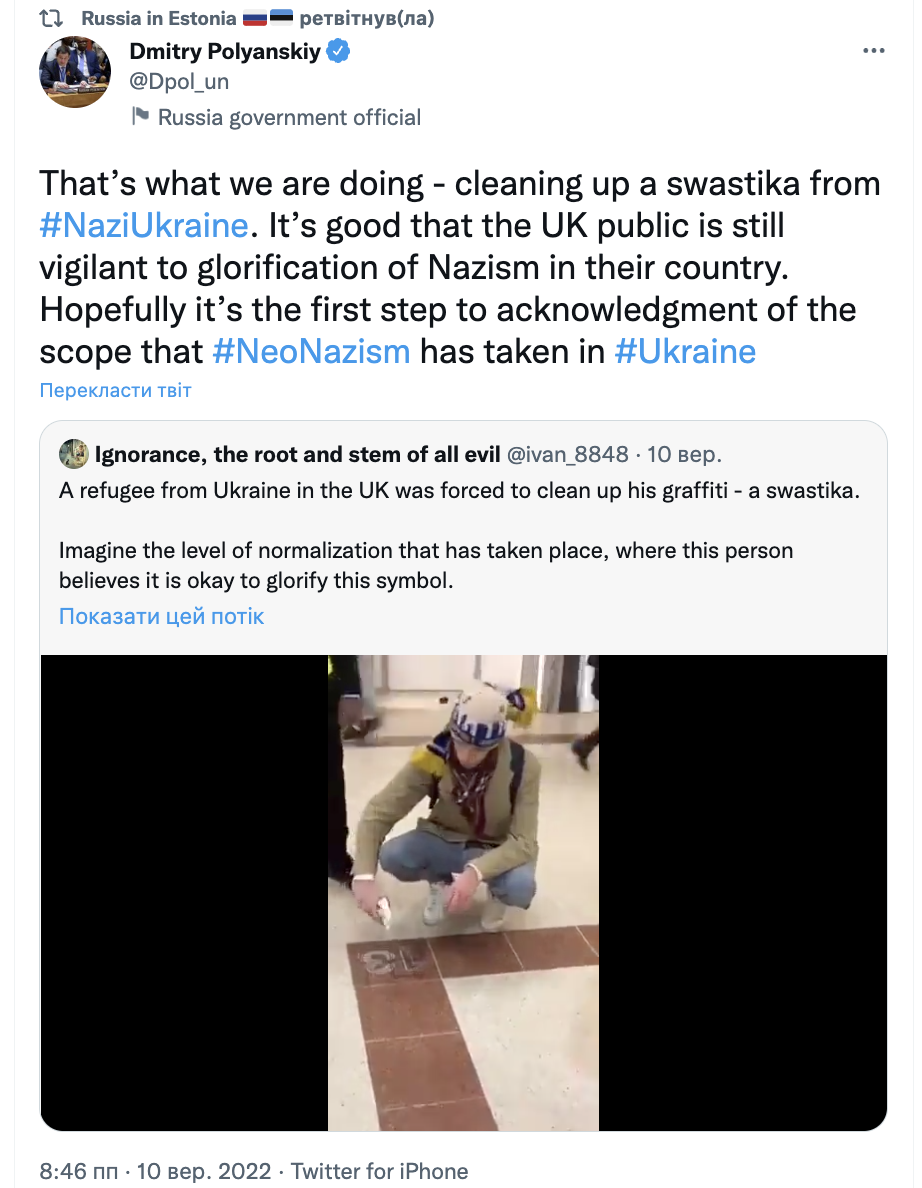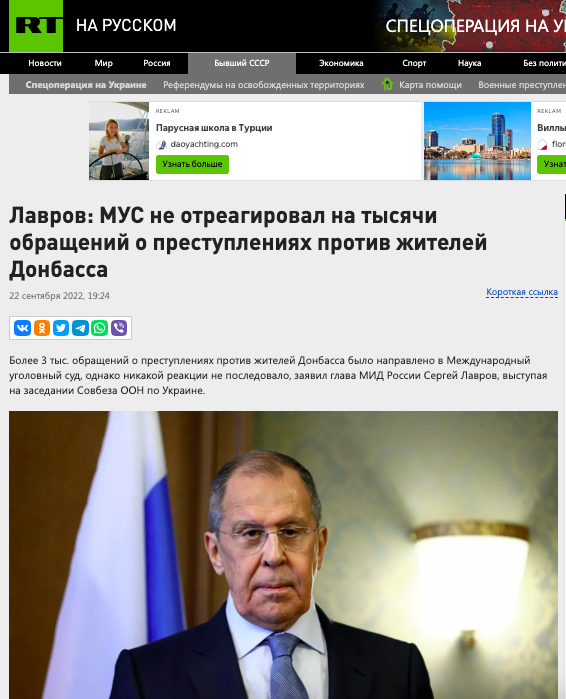Manipulation Ukraine confirmed NATO's intention to enter the war against Russia
Such "sensational news" is reported by the Russian media with reference to the Minister of Foreign Affairs of Ukraine Dmytro Kuleba after the September 22 meeting of the UN Security Council on maintaining peace and security in Ukraine. Like, NATO will enter into a conflict against Russia on the side of Ukraine. This is not true.
At the meeting of the UN Security Council dedicated to Ukraine, there was no talk of "NATO's intention to enter the war against Russia." Ukrainian Foreign Minister Dmytro Kuleba only commented on Ukraine's readiness to join the ranks of the Alliance. The diplomat also stressed that it was Russia, having unleashed a war against Ukraine, that violated the basic principles of international law, and now the threat of war hangs over all countries.
Answering a question about the prospects for Ukraine's entry into the North Atlantic Alliance, the head of the Ukrainian Foreign Ministry replied: "I think that now NATO wants to join Ukraine." It was this quote by Kuleba that the Russian media used to create fake news about "NATO's entry into the war", but this was not even discussed - this is Russian disinformation. Kuleba spoke about security guarantees and the right to self-defense of Ukraine in accordance with Article 51 of the UN Charter.


